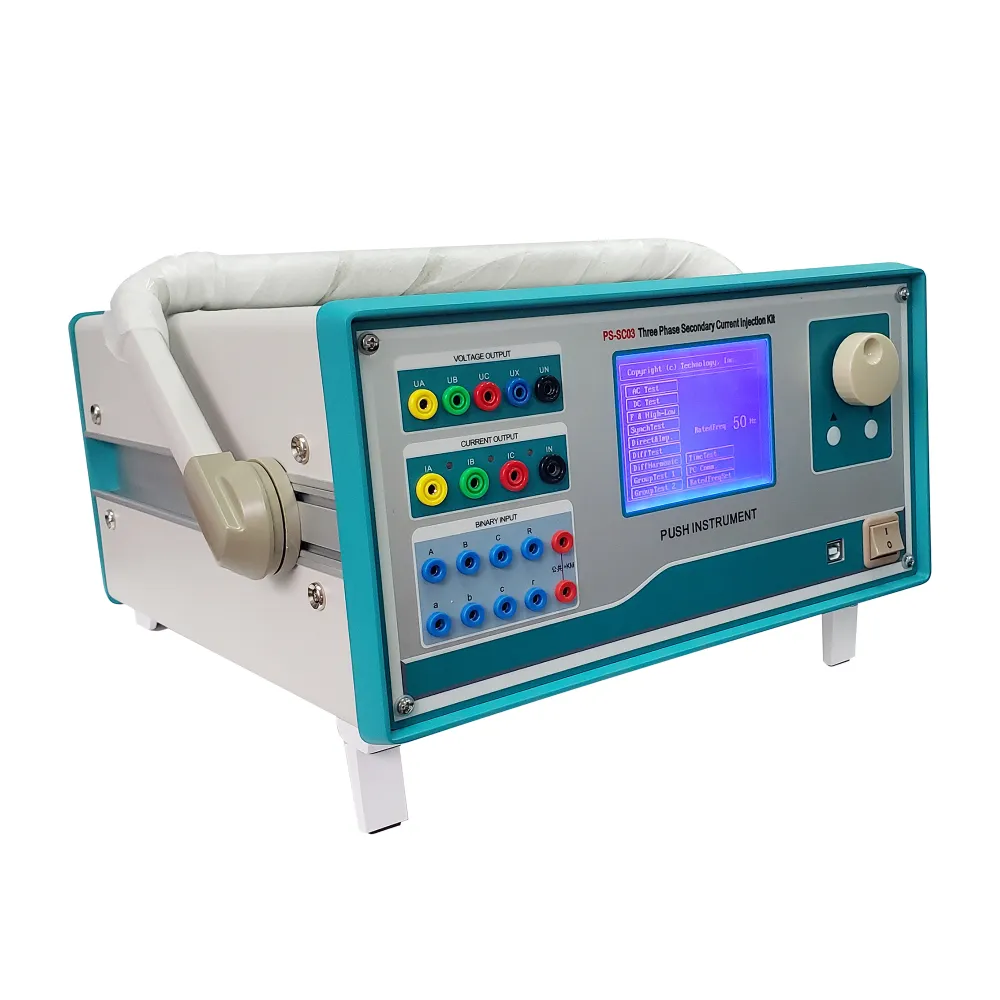 English
English



-
 Afrikaans
Afrikaans -
 Albanian
Albanian -
 Amharic
Amharic -
 Arabic
Arabic -
 Armenian
Armenian -
 Azerbaijani
Azerbaijani -
 Basque
Basque -
 Belarusian
Belarusian -
 Bengali
Bengali -
 Bosnian
Bosnian -
 Bulgarian
Bulgarian -
 Catalan
Catalan -
 Cebuano
Cebuano -
 China
China -
 China (Taiwan)
China (Taiwan) -
 Corsican
Corsican -
 Croatian
Croatian -
 Czech
Czech -
 Danish
Danish -
 Dutch
Dutch -
 English
English -
 Esperanto
Esperanto -
 Estonian
Estonian -
 Finnish
Finnish -
 French
French -
 Frisian
Frisian -
 Galician
Galician -
 Georgian
Georgian -
 German
German -
 Greek
Greek -
 Gujarati
Gujarati -
 Haitian Creole
Haitian Creole -
 hausa
hausa -
 hawaiian
hawaiian -
 Hebrew
Hebrew -
 Hindi
Hindi -
 Miao
Miao -
 Hungarian
Hungarian -
 Icelandic
Icelandic -
 igbo
igbo -
 Indonesian
Indonesian -
 irish
irish -
 Italian
Italian -
 Japanese
Japanese -
 Javanese
Javanese -
 Kannada
Kannada -
 kazakh
kazakh -
 Khmer
Khmer -
 Rwandese
Rwandese -
 Korean
Korean -
 Kurdish
Kurdish -
 Kyrgyz
Kyrgyz -
 Lao
Lao -
 Latin
Latin -
 Latvian
Latvian -
 Lithuanian
Lithuanian -
 Luxembourgish
Luxembourgish -
 Macedonian
Macedonian -
 Malgashi
Malgashi -
 Malay
Malay -
 Malayalam
Malayalam -
 Maltese
Maltese -
 Maori
Maori -
 Marathi
Marathi -
 Mongolian
Mongolian -
 Myanmar
Myanmar -
 Nepali
Nepali -
 Norwegian
Norwegian -
 Norwegian
Norwegian -
 Occitan
Occitan -
 Pashto
Pashto -
 Persian
Persian -
 Polish
Polish -
 Portuguese
Portuguese -
 Punjabi
Punjabi -
 Romanian
Romanian -
 Russian
Russian -
 Samoan
Samoan -
 Scottish Gaelic
Scottish Gaelic -
 Serbian
Serbian -
 Sesotho
Sesotho -
 Shona
Shona -
 Sindhi
Sindhi -
 Sinhala
Sinhala -
 Slovak
Slovak -
 Slovenian
Slovenian -
 Somali
Somali -
 Spanish
Spanish -
 Sundanese
Sundanese -
 Swahili
Swahili -
 Swedish
Swedish -
 Tagalog
Tagalog -
 Tajik
Tajik -
 Tamil
Tamil -
 Tatar
Tatar -
 Telugu
Telugu -
 Thai
Thai -
 Turkish
Turkish -
 Turkmen
Turkmen -
 Ukrainian
Ukrainian -
 Urdu
Urdu -
 Uighur
Uighur -
 Uzbek
Uzbek -
 Vietnamese
Vietnamese -
 Welsh
Welsh -
 Bantu
Bantu -
 Yiddish
Yiddish -
 Yoruba
Yoruba -
 Zulu
Zulu
transformer oil check
Understanding Transformer Oil Check Importance and Process
Transformer oil plays a critical role in the functioning and longevity of electrical transformers, which are vital components in power distribution and transmission systems. The oil serves both as an insulator and a coolant, dissipating heat generated within the transformer during operation. Therefore, regular transformer oil checks are essential to ensure the reliability and efficiency of electrical systems.
Importance of Transformer Oil Checks
Conducting routine checks on transformer oil is crucial for several reasons. Firstly, the oil can degrade over time due to thermal, chemical, or electrical aging. Contaminants such as water, particulate matter, and gas can also enter the oil, leading to reduced insulating properties and increasing the risk of transformer failure. Secondly, monitoring the oil condition can help identify potential issues before they escalate into significant problems, allowing for timely maintenance and reducing downtime.
Additionally, transformer oil analysis provides insights into the overall health of the transformer. Parameters such as dielectric strength, moisture content, acidity, and dissolved gas analysis (DGA) can indicate the presence of faults or abnormal conditions within the transformer. By understanding these parameters, maintenance teams can make informed decisions regarding repairs or operational adjustments.
Process of Checking Transformer Oil
transformer oil check

The transformer oil checking process typically involves several steps. The first step is to collect a representative oil sample from the transformer. This should be done following safety guidelines to minimize contamination and ensure accurate results. Once the sample is taken, it is sent to a laboratory for analysis.
In the laboratory, various tests are conducted on the oil sample. Dielectric strength is measured to check the insulating properties of the oil, while moisture content is assessed using techniques such as Karl Fischer titration. The acidity level is analyzed to determine the degradation of the oil, as higher acidity can indicate oxidation. DGA is a critical test that measures the concentration of dissolved gases in the oil, which can indicate issues such as overheating or arcing.
After performing the necessary tests, the results are compared to industry standards. If any parameters are outside acceptable limits, maintenance actions can be initiated, which may include oil purification, replacement, or even transformer repair.
Conclusion
In conclusion, transformer oil checks are an indispensable part of maintaining transformer health and ensuring the reliable operation of electrical systems. Through regular monitoring and analysis of transformer oil, utilities can identify potential issues early, extend the life of their equipment, and enhance the safety and efficiency of power delivery. In an age where electrical infrastructure is paramount, the importance of transformer oil checks cannot be overstated.
-
Testing Equipment Industry Sees Major Advancements in 2025: Smart & Precision Technologies Lead the WayNewsJun.06,2025
-
Applications of Direct Current Generators in Renewable Energy SystemsNewsJun.05,2025
-
Hipot Tester Calibration and Accuracy GuidelinesNewsJun.05,2025
-
Digital Circuit Breaker Analyzer Features and BenefitsNewsJun.05,2025
-
Benefits of Real-Time Power Quality Monitoring Devices for Industrial EfficiencyNewsJun.05,2025
-
Earth Fault Loop Testing in High-Rise Building Electrical SystemsNewsJun.05,2025



